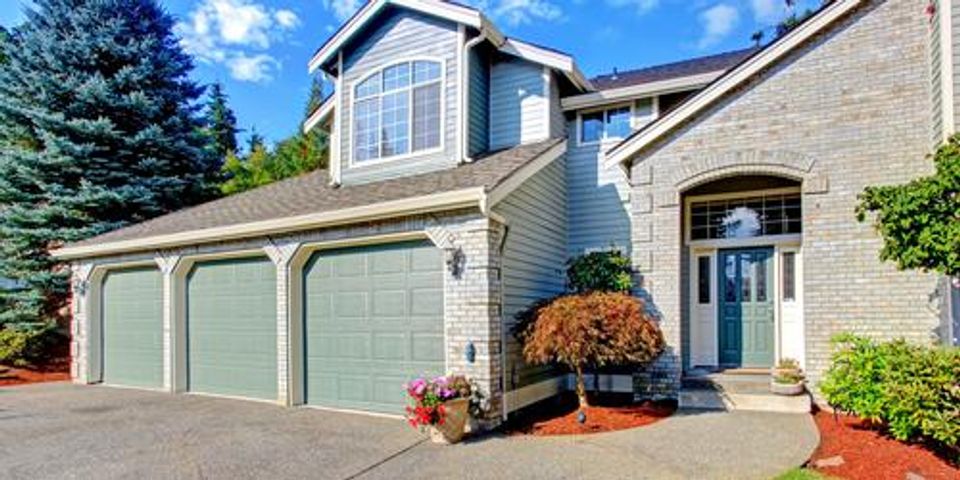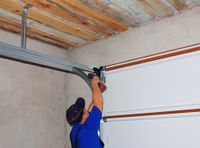
When severe weather hits, heavy rain, snow, or ice, can not only damage your garage door—it can also affect the interior and your belongings as well. Weather sealing is an important addition to your garage setup in this case, preventing moisture from invading your space. The following are two smart options to ensure your home remains protected against the elements.
Bottom Seal
Known also as a gasket or astragal, a bottom seal is used most often when concrete floors are uneven. Attaching a strip of rubber or vinyl to garage doors is a cost-effective, simple way to seal it. This can be placed either on the bottom of the door itself or along the ground where the door will touch down. As it feels pressure, it compresses, effectively sealing away any gaps or leaks. This is long-lasting, easy to install, and incredibly affordable, making it the most common sealant available. You can purchase a quality rubber or vinyl strip at any home goods store.
Top & Side Seal
 The sides and top of garage doors can also leak unwanted moisture or let in damaging insects. Two options for these areas include weatherstripping or PVC stop-molding, which are both installed by professionals. PVC molding includes the bonus feature of a flap that acts as a barrier any time the overhead door is closed.
The sides and top of garage doors can also leak unwanted moisture or let in damaging insects. Two options for these areas include weatherstripping or PVC stop-molding, which are both installed by professionals. PVC molding includes the bonus feature of a flap that acts as a barrier any time the overhead door is closed.
There are a variety of options when it comes to weather-sealing your overhead doors. The best way to determine which sealing method is right for your garage is to call on the professionals for help. At Superior Overhead Door in Oxford, CT, they have over 30 years of experience in their field. Specializing in garage door repair, keypads, installation, and even insulation, they are trained to handle a variety of garage door tasks. For more information, visit their website or call (203) 881-2207 today.
About the Business
(2 reviews)
Have a question? Ask the experts!
Send your question

